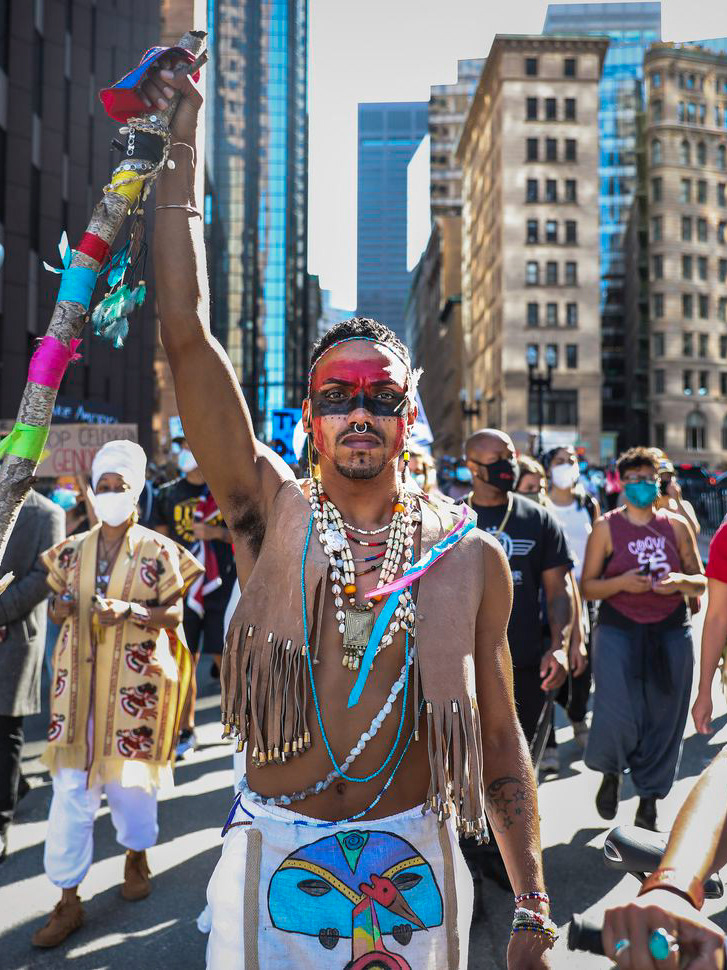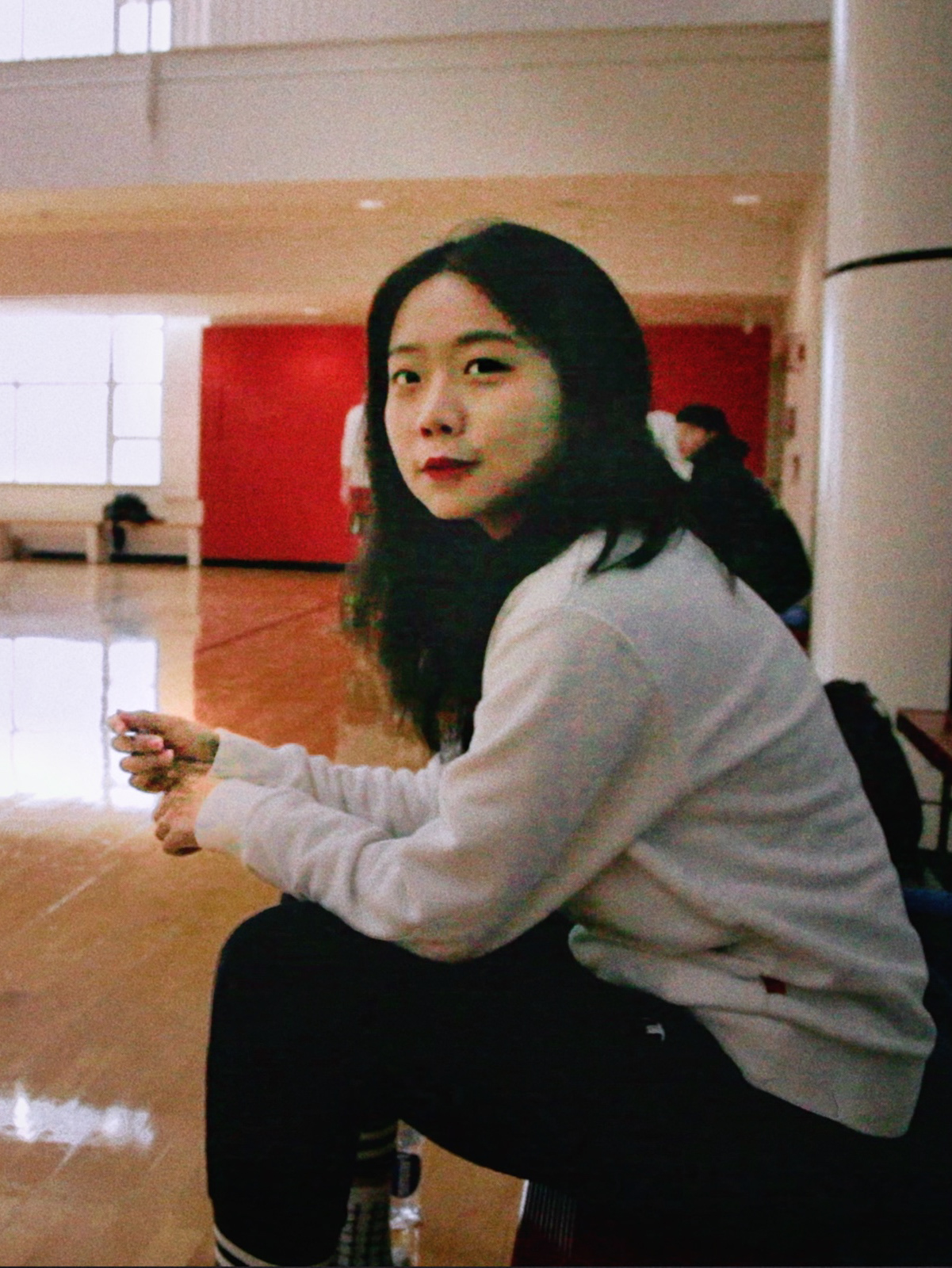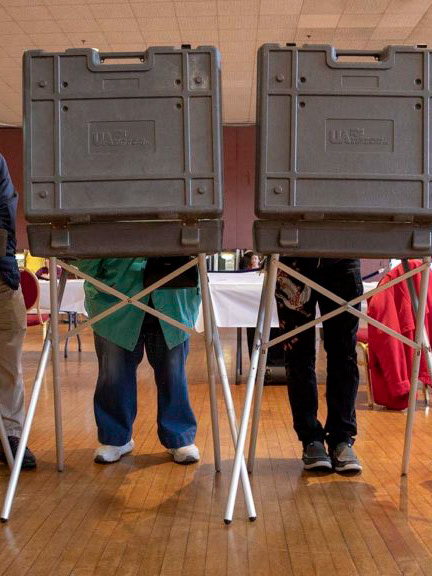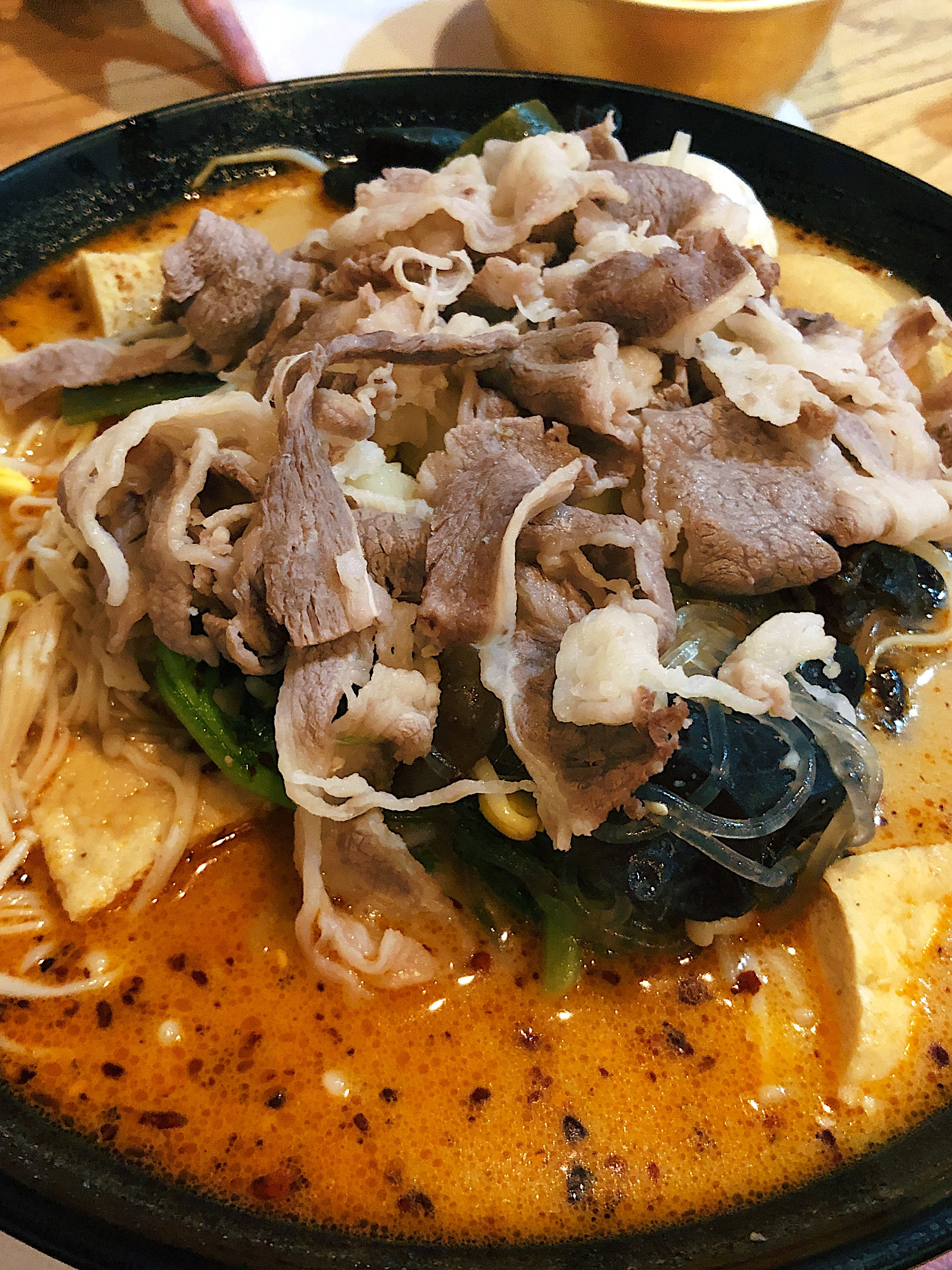October 31, 2019
BOSTON - When Wanyi Lyu decided to volunteer at a suicide prevention hotline, she never thought she would have to rethink her way of talking with people.
She discovered fielding a call on the suicide prevention hotline “is nothing about cheering them up or making them feel better.”
Lyu, a behavioral neuroscience graduate who works as a research assistant at Visual Attention Lab based in Cambridge, was interested in being a therapist or psychiatrist. So she wanted to learn what struggling people have in mind and know how to communicate with them.
“Everyone is like a seed, the different situation may affect how well they can grow,” she said, explaining her motivation to volunteer, “Everyone has their ability to grow into a better self, but in order to do that, they need supportive system to help them get better.”
So, Lyu signed up with Samaritans, a non-profit organization based in Boston that provide call-in counseling to people who feel suicidal, lonely or depressed.
Samaritans welcome volunteers of all ages, from adolescent to the retired. Ruth Woods Dunham, the Samaritans’ director of crisis services, said Samaritans now have 300 volunteers and six full-time mentors who train the registered volunteers.
All volunteers are required to take a 40-hour training and face a mentor’s assessment before they can take calls on the Helpline.
Lyu has just started her training, which involves seminars and role-play-practice.“For today’s seminar, they invited teenagers who under depression to talk about how they feel, which is really touching,” she said.
In one role-play exercise the mentor pretended to be a girl who was frustrated because she felt her mother compared her with her sister all the time. And knowing her mother did it with good intension made her feel more guilty.
The call always begins with “Samaritans, may I help you”. The calls are allowed to be anonymous, so Lyu continued with saying “my name is Wanyi; would you like to share your name with me”.
Lyu said the first step is to show she fully understood caller’s situation.
“It sounds like a painful situation for you to be in when you mom doesn’t understand you and is constantly comparing you with others,” she said.
The second step is to validate the caller’s emotion, saying, “It’s normal to feel that” or “I understand what you’ve been through”. Finally, she asked some open-ended questions.
“I asked at the role play today, ‘how exactly do you feel when you are being compared’?” Lyu recalled.
Dunham explained that while talking with the callers, one of the most important things to do is to assess the risk of caller’s situation, and then trigger different coping mechanisms.
“If they are suicidal, we will try to create an environment that makes them feel safe. If they are just lonely, we befriend them and listen to them.” she said.
The decision to call on emergency responders to intervene in a situation is never a light decision to make.
“If someone is at imminent risk of taking their life, we will try and safety plan with the caller. If they are not interested in a safety plan then we offer help of either a third party or emergency services. If they refuse offers of help, then we may contact emergency services ourselves.” Dunham said.
Dunham said a large number of callers are regulars, although there’s no special tracking to them.
Because the calls are not recorded volunteers are trusted not to share their personal lives.
“The Helpline is not for interpersonal bond, they still encourage people to get healthy and be able to attached to everyone.” That’s how Lyu explained.
The training has given Lyu a whole different perspective to understand the way to help others.
“I thought this job would be easy as I never thought it difficult to communicate with others,” Lyu said, “but how they taught me to communicate is actually against how I liked to do it.”
In the past Lyu would want to solve someone’s problems or provide suggestions.
“But when you be an operator, if someone told he had a hard day, we should try to understand his pain, instead of diverting and go towards another topic,” she said, “We go direct like ‘how exactly do you feel’ and interpret what they are saying until they know that I understand their feeling.”
Dunham said the Samaritans call this method the “Befriending Model”, which means steering towards a caller’s pain.
“It started from that Samaritans practice from 1950s in England, and it turned out to be useful.” she said.
Dunham said Samaritan received 66,000 phone calls nationwide in the last fiscal year. Additionally there is helpline service through text messages.
Forty-four percent of the callers were in the 40 to 65 age group; 26% were 25 to 30; 16% were over 65, 13% were 14 to 24, and 1% were under 13.
According to the Center of Disease Control and Prevention (CDC) statistics on the suicide rate in each state, the age-adjusted suicide rate in Massachusetts increased 33% between 1999 and 2017, from 10.5 to 14.0 per 100,000.
The CDC lists suicide as the 10th leading cause of death in the United States, taking more than 47,000 lives in 2017.
Another troubling statistic: the 2017 Youth Risk Behaviors Survey found that 7.4 percent of youth in grades 9-12 reported that they had made at least one suicide attempt in the past 12 months.
Even though the CDC lists Massachusetts with the third lowest suicide rate in the country, the Suicide Prevention Resource Center, whose Lifeline program enrolled Samaritans as one of their three crisis center in Massachusetts, reported that in the first six months of 2019, there were 21,588 callers from Massachusetts to the Lifeline. 65% of them were able to receive help in Massachusetts. That means 7,602 Massachusetts callers were unable to connect to a local center.
Lyu said, she planned to keep volunteering at Samaritans. It’s the most meaningful thing she could imagine doing in her leisure time.
“Sounds great right? Why don’t you join us too?” Lyu said at the end of the interview.







